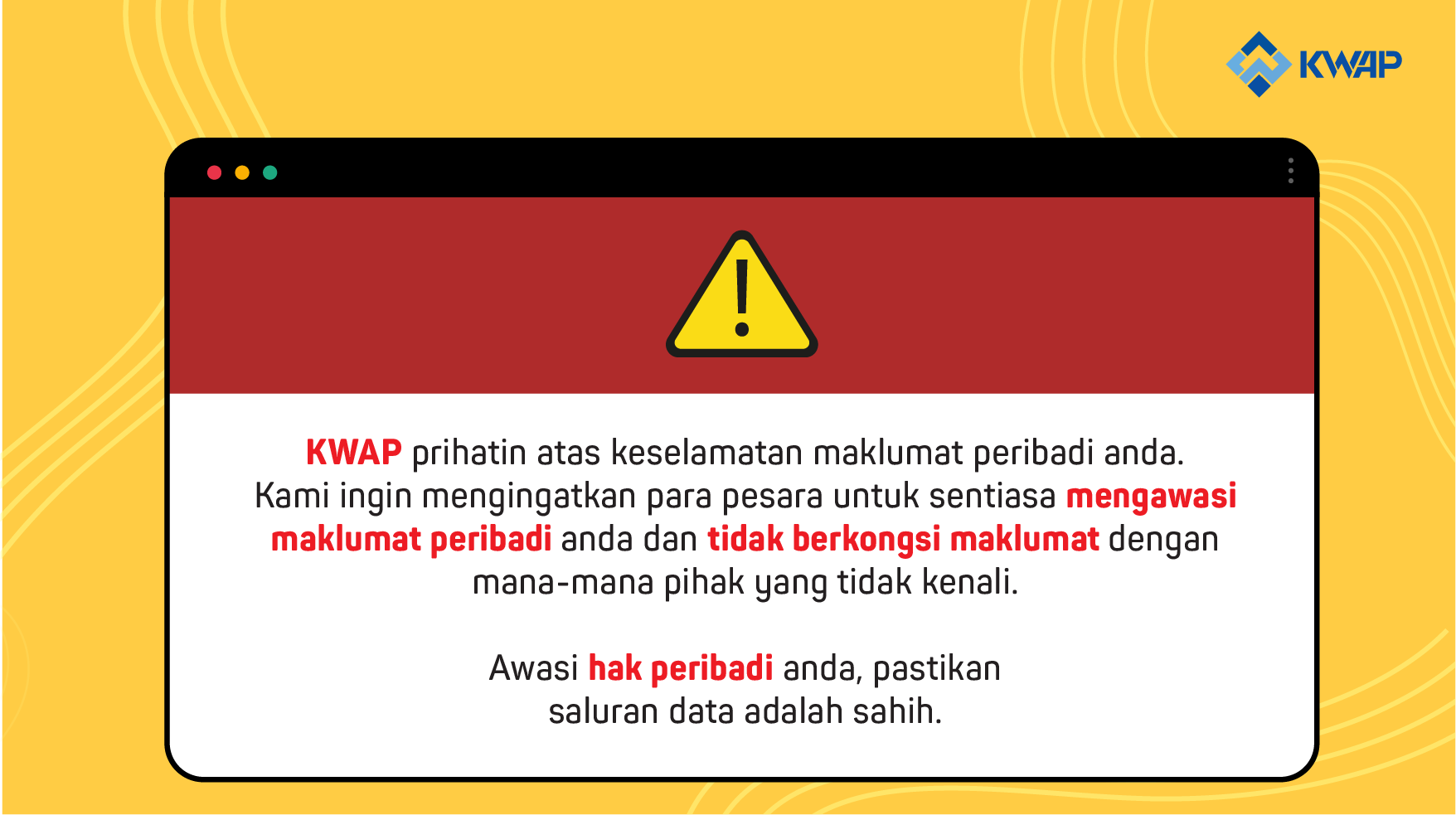Authored by: Deenash Rama
ChatGPT, an artificial intelligence (AI) language model developed by OpenAI, has created enough clout for itself that many have anointed it as the new game-changer. According to OpenAI, ChatGPT was used by more than one million people in just five days after its launch in November 2022. Without a doubt, AI is more transformational than one can imagine. AI’s task is to enable machines to execute tasks that are performed by humans. The International Monetary Fund (IMF), in its April World Economic Outlook, highlighted that AI presents both opportunities and challenges.
AI, A Revolution for Global Economy
The global economy is, by and large, nothing but a confluence of industries. It is a fact that industries need disruptors. There have been many disruptive technologies in our lifetime that have largely benefitted us. However, all this happened over several years. In contrast, AI is a revolution, not an evolution. The impact will be on productivity gains, which in turn could be a pathway to higher growth.
The global economy has experienced malaise growth for almost two decades due to the lack of a strong growth catalyst. To make matters worse, the COVID-19 pandemic triggered the largest global crisis of this century. It resulted in both economic terms and human lives being lost. The World Bank estimated that the global economy lost almost USD 8.5 trillion due to the pandemic over two years. In addition, the pandemic also widened income inequality and worsened poverty in many countries.
Diversification can help safeguard against the volatility of individual assets and the unpredictable fluctuations of specific markets. However, it is important to note that while diversification can mitigate risk, it doesn’t eliminate it entirely. Ongoing monitoring and periodic adjustments remain the bedrock for maintaining a well-diversified and resilient investment portfolio. Pension funds, like KWAP, typically will allocate a major portion for domestic investment with a smaller allocation for international investment.
The timing of AI technology could not be more perfect. AI could be the new groundbreaker for the global economy to recoup its economic damages. To kickstart the engine of global growth through increased productivity and help steer innovations, all economies need to partake in this evolution. Therefore, these two factors would be pivotal to propel the global economy forward. The IMF estimates that for the global economy, AI could raise productivity by 0.1 per cent to 0.8 per cent annually over a decade.
Naturally, it is not that straightforward. First and foremost, AI must be accepted and integrated. How ready are countries to ride on the AI bandwagon? The US AI and analytics software company SAS and Coleman Research, in a survey of 1,600 decision-makers, said that the global average was 54 per cent, with China leading the way at 83 per cent.
However, organisations in the United States lead the rest of the world at 24% in terms of maturity and having fully implemented generative AI technologies. Malaysia is also amplifying its efforts to build local AI talents under its National AI Roadmap 2021-2025, to enhance its AI capabilities and ecosystem. However, it is not easy for any nation to keep up with the warp speed that AI is advancing.
AI Shifting in Job Landscape
While AI has been hailed as a productivity booster, its impact on the labour market could be significant. According to the IMF, almost 40 per cent of global employment is exposed to AI. The future of jobs has been heavily discussed since automation started to be implemented in certain industries. The fear that many jobs would be lost did not materialise, albeit it could be different with AI – possibly.
A survey done by the World Economic Forum in 2023 showed that respondents from 800 global companies envisaged that 25 per cent of them expected job losses due to AI, while 50 per cent thought that it would create more jobs. The latter could be correct as many jobs that exist today were not around before. Technologies evolve and jobs change. Thus, AI is unlikely to give rise to mass unemployment as many fears.
However, it has been common for the introduction of new technologies to shift the job landscape, often affecting low-skilled workers. With AI, there is a possibility that even high-skilled workers may experience changes, offering opportunities for reskilling and adaptation. Nevertheless, the question of how these workers will be impacted remains uncertain.
One positive way to look at this situation is that AI could permit employees to augment their decision-making abilities rather than worry about menial tasks. For example, in the healthcare industry, medical practitioners would have access to extensive research work and case studies when diagnosing and treating patients. Mount Sinai practitioners used deep machine learning with 94 per cent accuracy to predict the development of diseases. In a way that would allow workers to prosper from a more rewarding career.
Risks Come Along with Opportunities
Despite the significant growth potential of AI, concerns still linger about the risks it may pose. AI has set off a frenzied race for many countries and organisations to pursue it. While technology is likely to promote increased growth, it needs to be overseen to ensure that the technology does not become a threat. When it comes to regulating, the difficulty for governments lies in striking that fine balance. For instance, over-regulating could inhibit the growth of technology deliverance, while under-tightening could result in policymakers’ inability to mitigate risks. As Malaysia is developing its own national AI governance and code of ethics, it will need to address the challenge of finding that optimal balance.
The positive impact of AI is unmistakable. Its contributions to various sectors demonstrate a clear and significant positive effect on overall progress and development. Countries and organisations must be ready to embrace this technology as it will be fundamental in key areas of the economy, such as health services, education, industries, and the environment.
Most importantly, it allows countries to boost productivity and income to narrow the inequality gap. Still, there remain numerous uncertainties and unknowns regarding AI. The integration of AI into our society needs to be done in a sustained and inclusive approach due to our limited knowledge of its impact on the social fabric of society.








